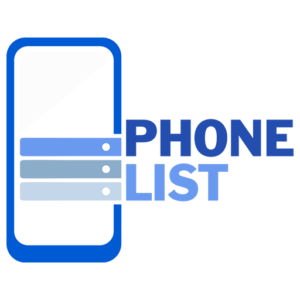In the era of customer centricity , with an increasingly attentive and aware consumer, a brand’s ability to create relevant customer experiences at every physical and digital touchpoint undoubtedly plays a crucial role in its success.
From the website, to social channels, from Data Platform newsletters to the application, to the point of sale: the customer journey takes place with increasing fluidity and immediacy between online and offline (to the point that it no longer makes sense to distinguish the two Data Platform realities), Points of contact with the brand are multiplying : each of them is, for the latter, an opportunity to intercept the needs and requirements of the person in front of them, but also a “ground” for judgment, comparison and evaluation of their brand image and reputation.
Being able to actively supervise the sweden phone number data different points of contact with the customer therefore becomes vital for the company , but to do this, it is necessary to know in Data Platform depth who is in front of it, that is to say to have a complete, up-to-date vision of their tastes, interests, habits in order to best respond to their needs and expectations.
But how to do it?
>>To date, the world of martech offers many Data Platform technological solutions that are more or less oriented towards a data-driven and customer-centric approach.
But which one to choose?
In today’s article, we try to shed inbound marketing: definition, strategies and examples some light by comparing two of the most successful technological solutions, CRM and CDP : we will understand their particularities and differences, discovering how they represent solutions that can coexist and integrate perfectly.
CRM vs CDP : technologies at the service of data
In a previous article , we have already had the opportunity to explore the characteristics and particularities of CRM and CDP , let’s now try to highlight the main differences in terms of data processed.
Although CRM and Customer Data Platform bf leads have some features in common, the architecture with which they are designed and the objectives for which they were designe, make them profoundly different technological solutions.
CRM (customer relationship management) is a tool design to support the actual sales process and customer relationship management , although it is still in its infancy .






